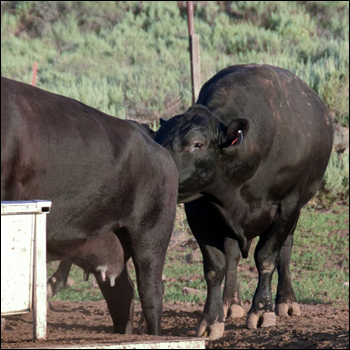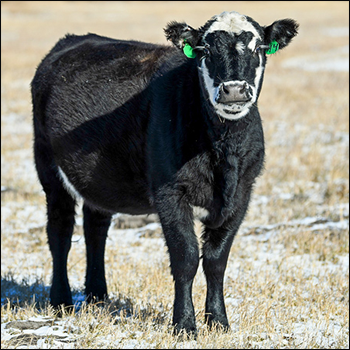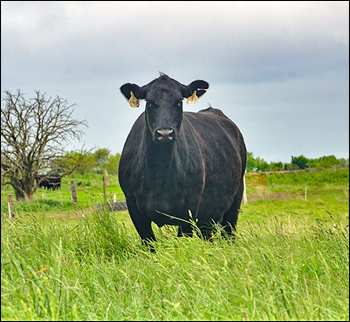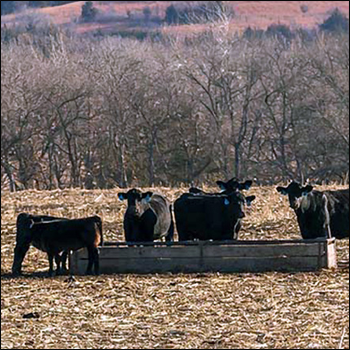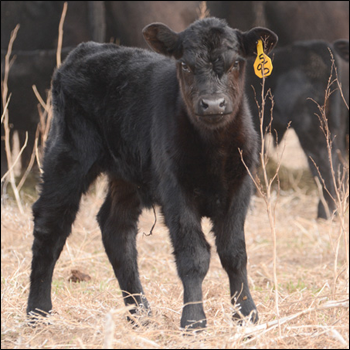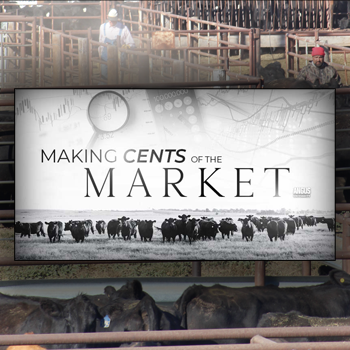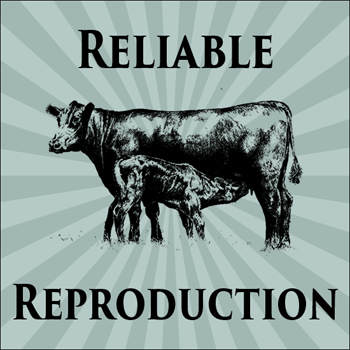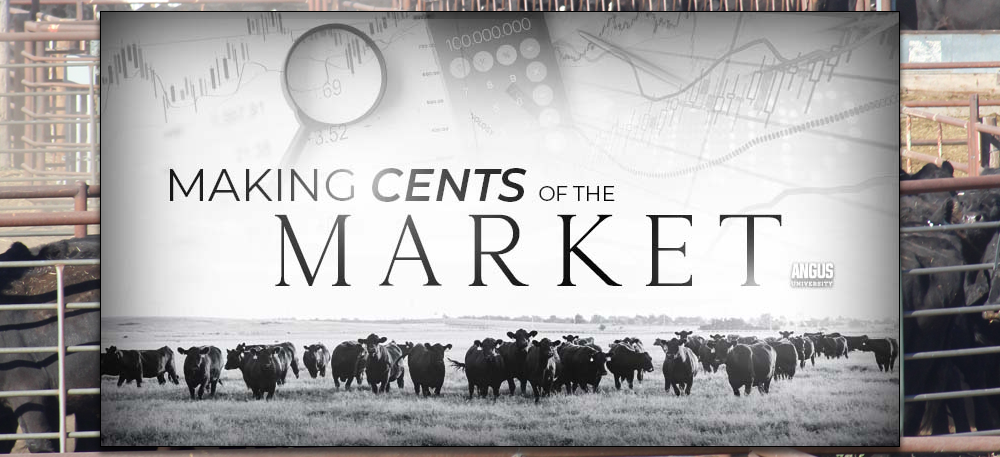
Embrace Market Emotions
All markets have an emotional component; use it to position yourself in the market, says CattleFax analyst.
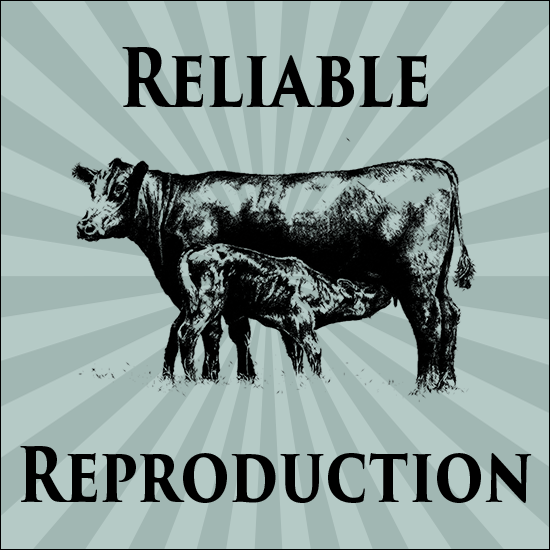
When it comes to marketing cattle, now is the time to check your emotions at the door, make a plan and execute the plan, says Lance Zimmerman. The CattleFax analyst presented marketing tips for cow-calf producers during the American Angus Association’s Feb. 22 Angus University webinar, “Making Cents of the Market.”
“If you’ve been in the cattle business for any amount of time, you recognize very clearly how emotional being in the cattle business is,” said Zimmerman.
Understanding the emotions that correspond to various points along the cattle cycle can help cattlemen recognize where they are in the cycle to position themselves better in the market.
Every market has an emotional component, he said, explaining the series of emotions during a marketing cycle (see Fig. 1).
“You can understand where we are in the marketplace by paying attention to the chatter at the coffee shop,” said Zimmerman.
Each cycle, he said, begins and ends with optimism.
Coffee shop banter may include comments about opportunity in the market and how one might buy cattle to make money. As the market declines and starts to sour, the conversation gets more anxious with comments about selling out to get back what they invested. As panic for where the market will bottom out sets in, the discussion turns to selling out and washing their hands of the business.
When the coffee shop chatter is excited about getting in the business, cattle producers should recognize that as the point of maximum financial risk — when their cattle are worth the most they can possibly be worth within the cycle, said Zimmerman. “That’s when you need to be looking to sell — sell that calf crop, locking in that futures price early, hedging, doing anything you can to capture that price now, while the asset is at its highest level.”
The time of maximum financial opportunity occurs when the market is low and the chatter turns to panic, said Zimmerman. “The best thing you can do is expand your operation, grow your inventory, build that value for the next cycle uptick.”
That cycle of emotions applies both to annual buying and selling, and to the long-term cattle market, as well, he notes.
Catch more marketing tips from Zimmerman’s presentation in the Angus University Webinar available online at https://www.youtube.com/watch?v=26a5IztSmDI.

Angus Proud
In this Angus Proud series, Editorial Intern Jessica Wesson provides insights into how producers across the country use Angus genetics in their respective environments.
 Angus Proud: Scott Sproul
Angus Proud: Scott Sproul
Oklahoma operation learned wisdom of moving calving season to better suit their marketing needs.
 Angus Proud: Bubba Crosby
Angus Proud: Bubba Crosby
Fall-calving Georgia herd uses quality and co-ops to market calves.
 Angus Proud: Jim Moore
Angus Proud: Jim Moore
Arkansas operation retains ownership through feeding and values carcass data.
 Angus Proud: Les Shaw
Angus Proud: Les Shaw
South Dakota operation manages winter with preparation and bull selection.
 Angus Proud: Jeremy Stevens
Angus Proud: Jeremy Stevens
Nebraska operation is self-sufficient for feedstuffs despite sandy soil.
 Angus Proud: Dave Rutan
Angus Proud: Dave Rutan
Angus breeder gets the most out of his bull investment by partnering with opposite calving-season operation.

